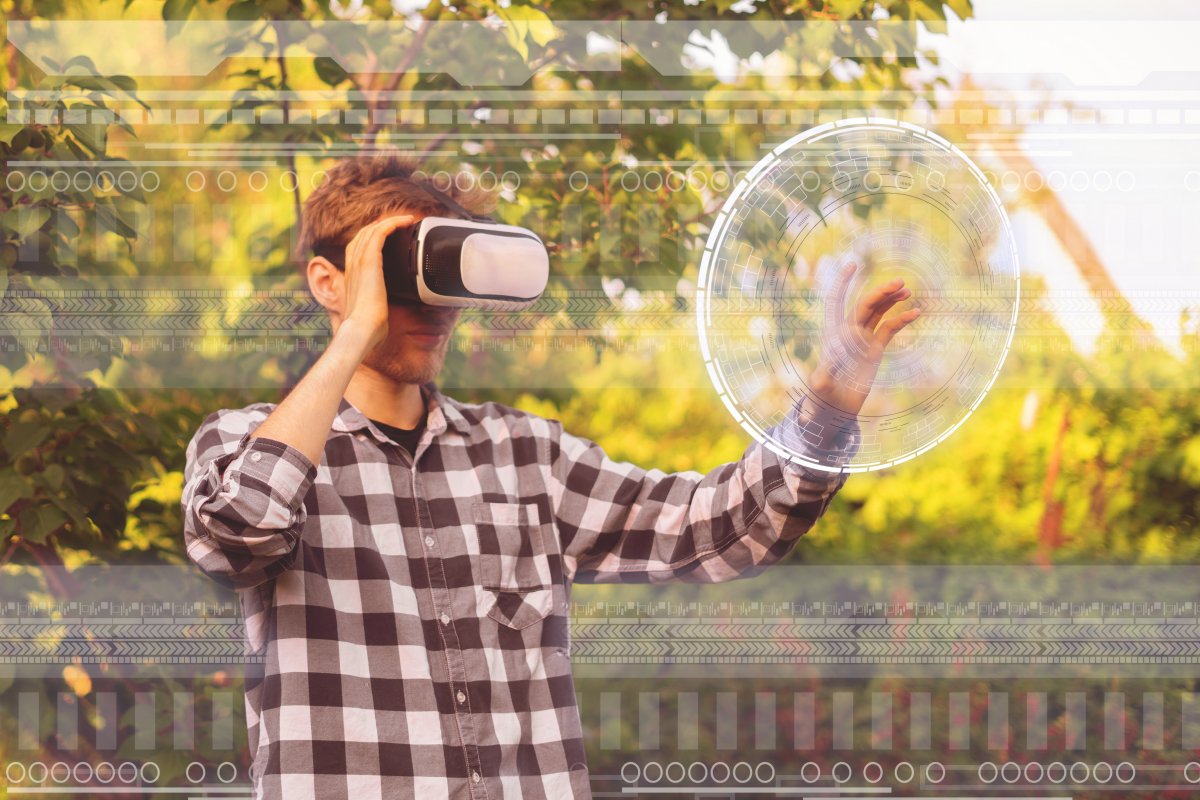Virtual objects can already be felt with haptic gloves. The basis for this are electronically controlled electrodes on the fingertips, which trigger stimuli comparable to real touch. Applications can be found in the gaming sector, for example, or in the future, for example, for touching textiles via the Internet. The team led by Pedro Lopes from the University of Chicago has now developed an unusual variant of such haptic gloves. The developers completely dispensed with electrodes on the fingertips or in the palm of the hand and were still able to generate tactile sensations right there.
“With our approach, there are no electrodes on the palms of the hands, although the tactile impressions are felt there,” reported Lopes and colleagues at the end of April at the Conference on Human Factors in Computing Systems – CHI 2023 – in Hamburg about the highlight of the invention. This means that no electrodes interfere with gripping.
For this feat, they placed two electrodes exclusively on the outside of each finger and two additional electrodes on the surface of the hand. With precisely balanced current pulses, tactile sensations on the palm of the hand could be successfully stimulated.
Electric impulses for the hands
The basis for this result, which at first glance seems contradictory, is the different number of touch cells on the inside and outside of the hand. There are around 60 times more touch receptors in the skin on the inside of the hand than on the outside. The researchers took advantage of this difference in sensitivity. In numerous experiments, they determined the stimulus threshold of the receptors on the outside and adjusted the current pulses accordingly. In this way, it was possible to generate only tactile impressions in a total of eleven zones on the palm of the hand with coordinated current pulses on the electrodes attached to the outside.
Eight volunteers tested a first prototype of this innovative haptic glove. Also equipped with VR glasses, they should turn a virtual controller or grab a small stuffed bear. The subjects reported that they could feel both the shape and the size of the virtual objects via the artificially excited tactile stimuli. In another series of experiments, artificial and real tactile stimuli – from grasping a coarse rope to kneading a clay mass – were superimposed. The result: the real touch impressions were only slightly distorted by the virtual stimuli.
Now Lopes and colleagues want to further optimize their prototype. In doing so, they focus on smaller electrodes and the excitation of virtual stimuli that correspond to different textures of a surface. The developers see possible applications in the field of augmented reality (AR), in which fitters, for example, have to touch real objects skillfully and at the same time are guided by virtual stimuli.

(jl)
